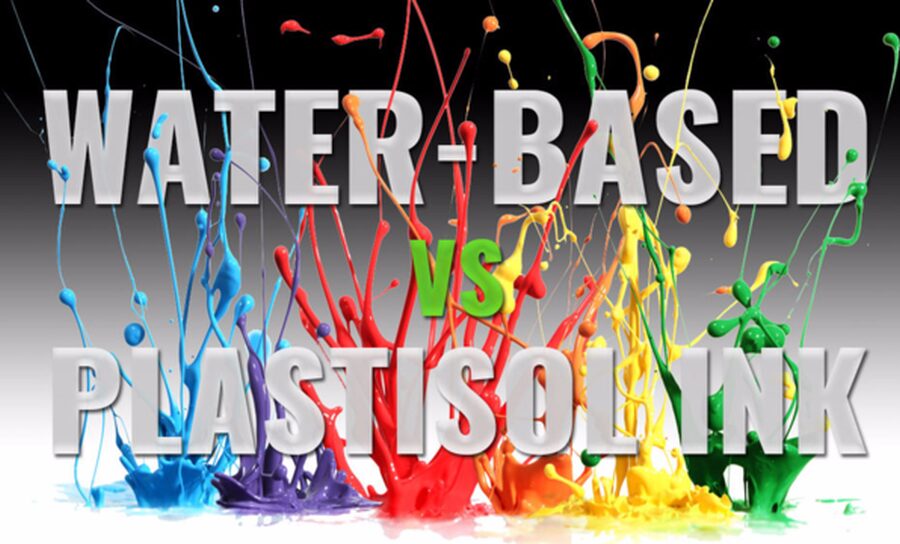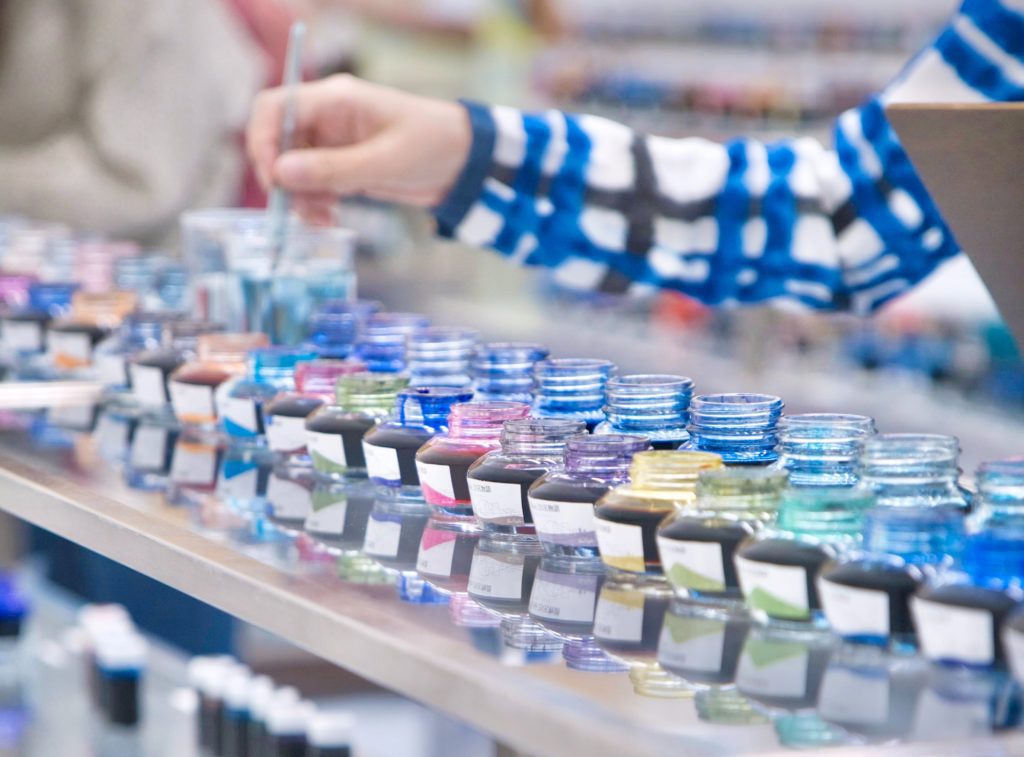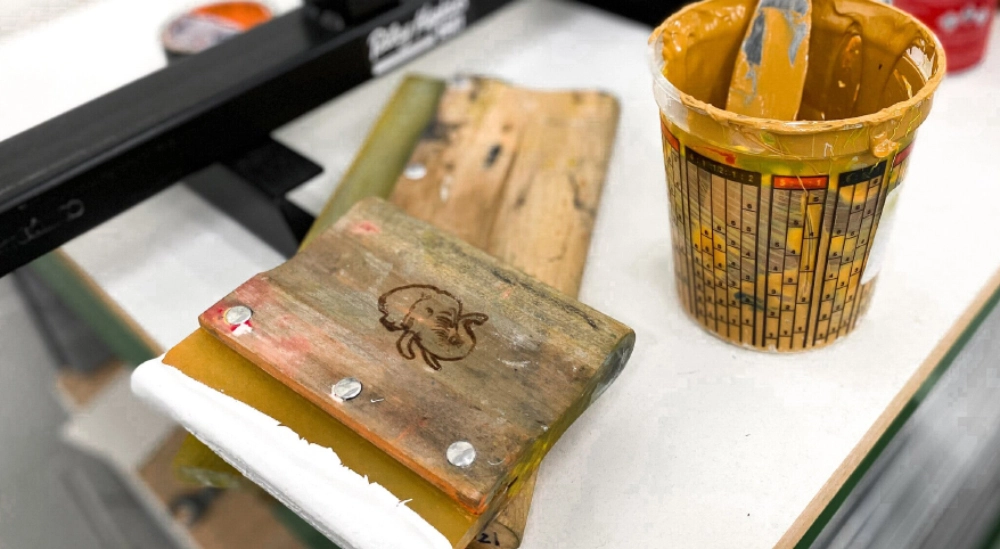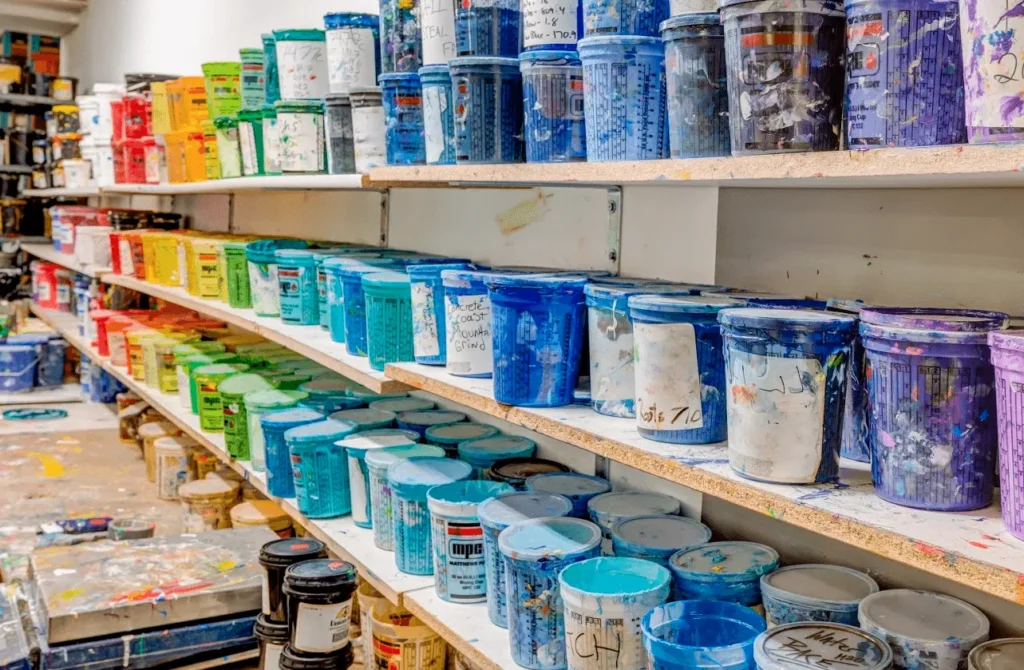Plastisol vs. Water-Based Screen Printing Inks: Which Is Better for Your Project?

Are you looking for a screen-printing ink that meets your project’s needs? Whether you’re in the market for plastisol or water-based inks, this article will help you make a decision. Discover which type of ink is best for durability, cost, and toxicity so you can choose the perfect one for your project.
Benefits of Water-Based Inks

Water-based inks are an excellent choice for a variety of screen printing projects. Made from water-soluble dyes and pigments, these inks are much gentler on the environment than their plastic-based counterparts. They also provide greater versatility when it comes to detail and design as well as providing faster drying times.
Water based screen printing ink is free of PVC and phthalates, making them an ideal option for creating eco-friendly screen prints. The water base also allows these inks to be easily mixed across a broad range of colors, creating bright, vibrant designs that stand out from the crowd.
These inks also have a higher absorption rate than plastisol, meaning they can be used on a wider range of fabrics such as rayon and hemp without the risk of cracking or fading after washing. This also results in greater detail when it comes to intricate designs — you can achieve fine line work and halftones with minimal effort due to the absorbent nature of the ink. Finally, they dry much faster than plastisol which helps reduce turnaround times dramatically — no more waiting days or weeks before your prints are ready!
Benefits of Plastisol Inks
They are a great choice for many different printing projects, from bridal shower t-shirts to team uniforms. They are thick and opaque, which means they can be printed easily on dark and light colored fabrics alike. Plastisol also provides bright, vibrant colors and a smooth matte finish that lasts wash after wash.
The ink dries quickly and is compatible with a wide range of fabrics, so it can be used for both industrial printing projects and custom apparel orders. Plastisol is also highly durable and can be used on nearly any type of garment for long-lasting results.
In addition to superior longevity, they also provide excellent coverage on fabric surfaces. Since the ink is non-absorbent it won’t run or bleed when wetted, so your design will stay put even after multiple washes. Plus, they can be formulated with an additive to block harmful UV rays, making them ideal choices for outdoor activities like camping or beach trips where sun protection is key.
Factors to Consider When Choosing Between Plastisol and Water-Based Inks

When it comes to screen printing, two of the most popular types of inks are plastisol and water-based. Both types of ink have their pros and cons and can be used for various types of projects. The choice between the two will depend on the look, feel and purpose of your project as well as budget and time constraints.
When selecting between plastisol and water-based inks, several factors need to be taken into consideration:
Durability: Plastisol is more durable than water-based ink because it won’t crack or fade as quickly over time. Plastisol also can withstand harsher laundering conditions, making it ideal for projects that require longevity such as T-shirts or other clothing items.
Budget: In general, plastisol tends to cost more than its counterpart due to its long lasting nature and color stability when washing or laundering items but prices still vary depending on type, quality and quantity desired for specific projects. Water-based inks tend to offer more affordable options when working with limited budgets while providing sufficient color quality if applied properly.
Environmental Impact: Because water-based ones do not contain any PVC or phthalates, they are much better for the environment by reducing harmful toxins introduced into nature during manufacturing processes. Water cleanup also makes dealing with spills much easier compared to working with solvents needed when using plastisol based inks.
Time Required to Dry/Cure: Both types of ink take varying amounts of time to dry/cure depending on factors like humidity level and air temperature but overall both products will set rather quickly so the drying/curing process shouldn’t delay production too much either way unless you need a longer “wait” time between coats (i.e., multiple colors in one piece).
Challenges with Plastisol Inks

They are the most popular screen printing inks used today on a variety of fabrics. They are easy to use, have durable prints and provide a wide colour range that is extremely vibrant. But there are some challenges with them as well.
They can be difficult to use due to their high viscosity and they can produce an unpleasant odour while printing. Additionally, they may crack or peel over time due to their vinyl-like consistency that hardens and shrinks as it dries. Since plastisol absorbs into the fabric, it also results in a thick print that can be uncomfortable to wear for those who prefer lightweight material.
Lastly, because plastisol does not fully cure until it reaches a certain temperature, there is always the risk of the ink smudging or transferring if exposed to heat or high humidity before curing has finished.
Conclusion
Making a choice between plastisol and water-based screen printing inks comes down to your final project goals and cost considerations. Plastisol gives you a softer, longer lasting impression with greater opacity, but it may contain chemicals that are not seen as environmentally friendly. Water-based inks are setting the standard for environmental responsibility in textile printing, but there can be some challenges with achieving the opacity you want with only one or two layers depending on the color of the fabric and design complexity.
Your best bet is to speak to a manufacturer who can give you all of the pros and cons for both product types and suggest which one is the best fit for your particular project needs. With some research, testing and input from an expert source, you’ll be on your way to creating prints that meet all of your project goals — whether that is softness or vibrancy or something else entirely.




